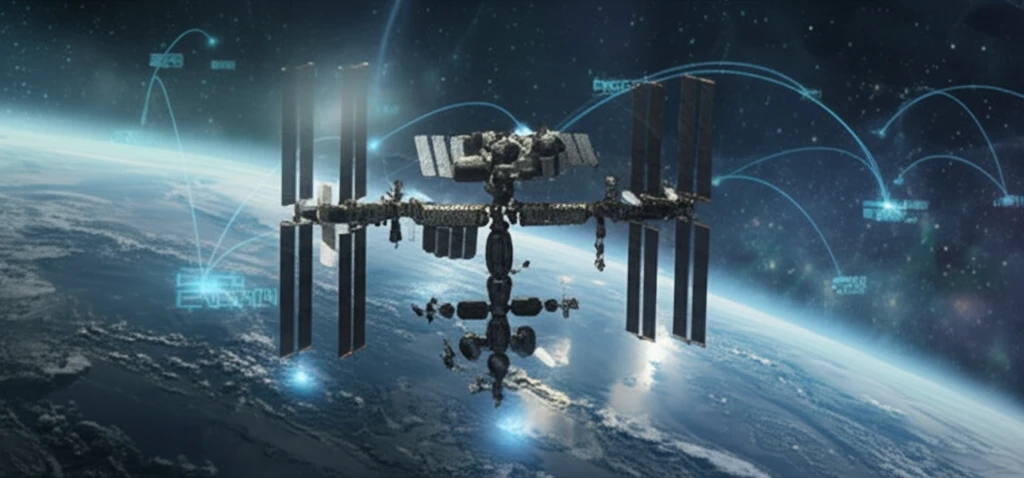
China's Space Station: A Leap in Payload Operation and Application Systems
"Explore how China's Space Station is revolutionizing space science with its advanced payload operation and application systems, designed for seamless upgrades and groundbreaking research."
China's Space Station, launched in 2018, represents a significant milestone as the nation's largest space science experiment and application platform. Designed for over a decade of operation, the station is set to undertake complex scientific endeavors. This ambitious project has presented unique challenges, especially in developing a robust payload operation and application ground system.
These challenges include managing intricate mission planning, processing high-speed mass data, ensuring payload health, and providing remote support via telescience. The ground system must dynamically adapt to evolving scientific mission requirements. This article explores the composition, system architecture, hardware framework, and innovative technologies employed to construct the payload operation and application ground system for China's Space Station.
A key focus is on how these systems facilitate cutting-edge research and international cooperation, marking a new era in space exploration.
System Design and Architecture: Building a Scalable Foundation

The payload operation and application system serves as a crucial subsystem within the China Space Station's ground infrastructure. It establishes vital communication links with ground stations, the spacecraft control center, and various science centers. This system is responsible for receiving telemetry and application data, processing payload information in real-time, and monitoring the health status of onboard instruments.
- Front-end data communications
- Integrated monitoring and real-time data processing
- Planning and scheduling of payload work plans
- Data simulation, health management, and fault diagnosis
Looking Ahead: Future Contributions and Innovations
China's Space Station, with its advanced payload operation and application systems, is poised to significantly advance space science, offering a platform for groundbreaking research and technological innovation. The combination of cutting-edge information technology and a robust ground support system promises to yield significant scientific and technological achievements, enhancing the effectiveness of payload operations in the years to come.
